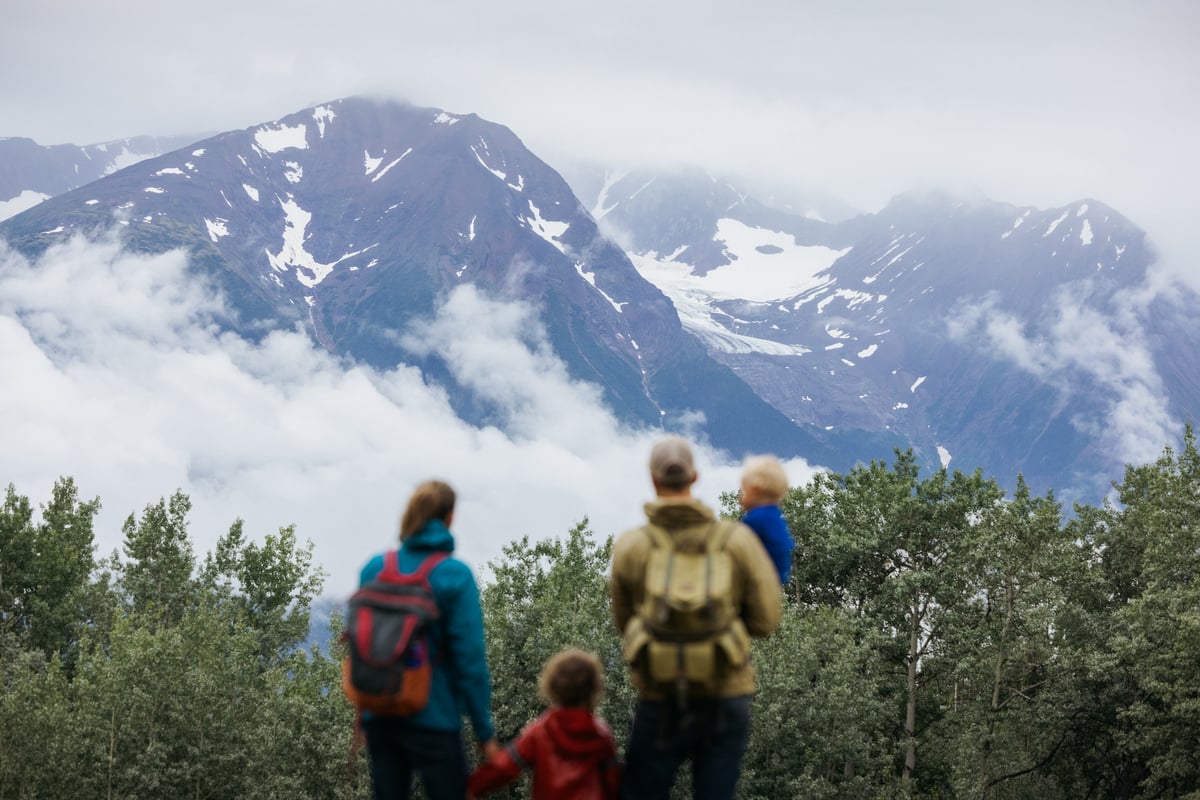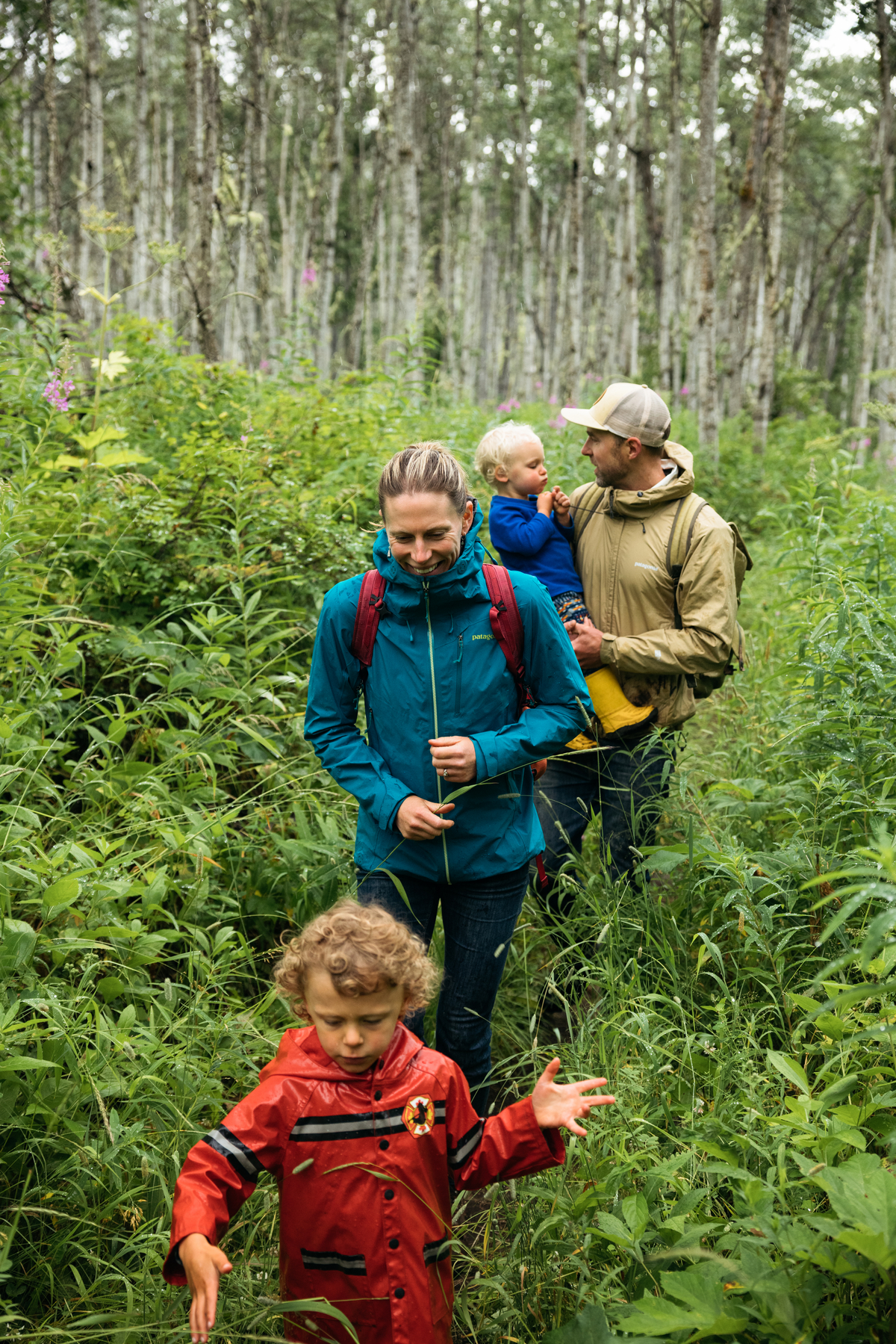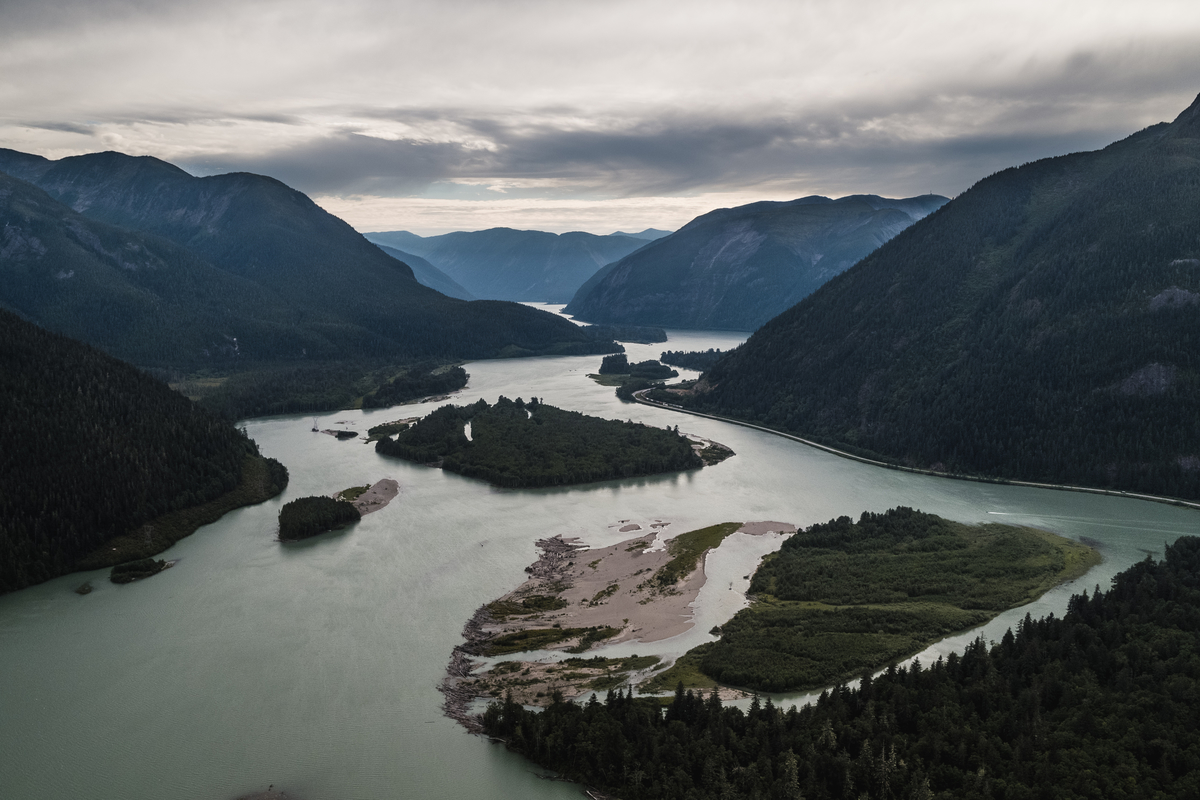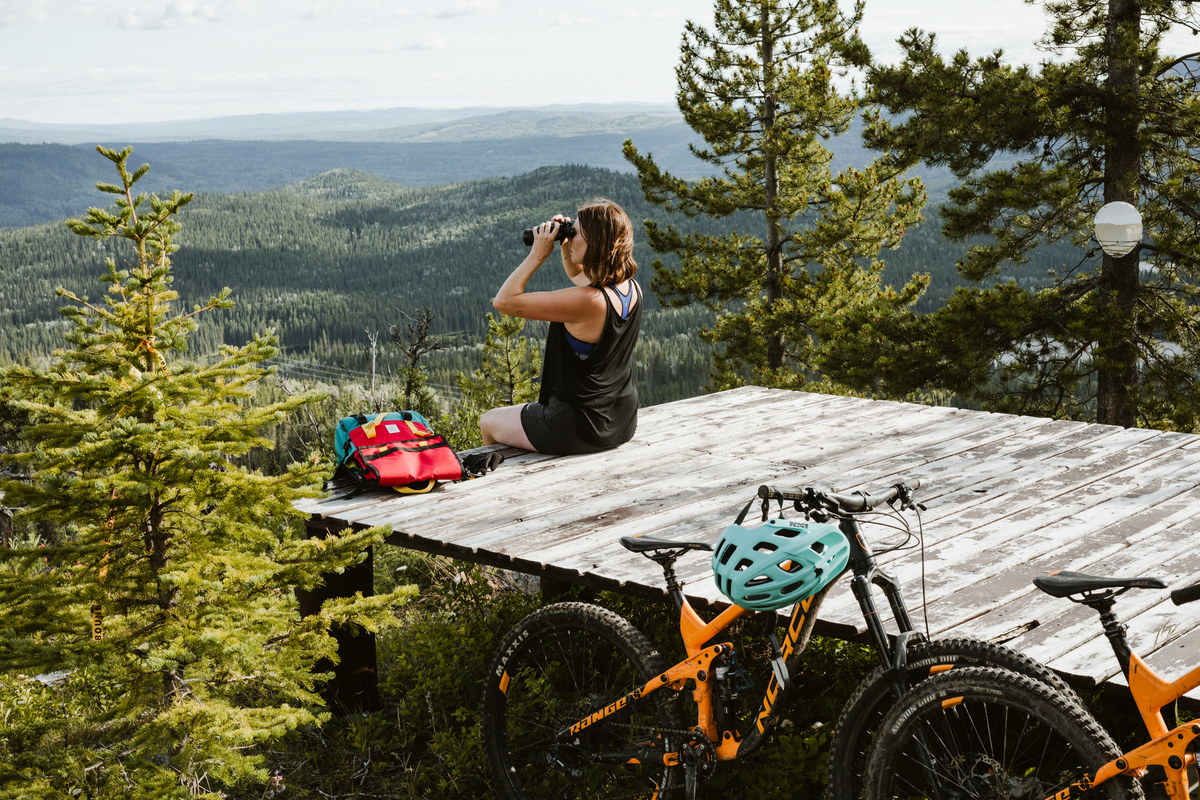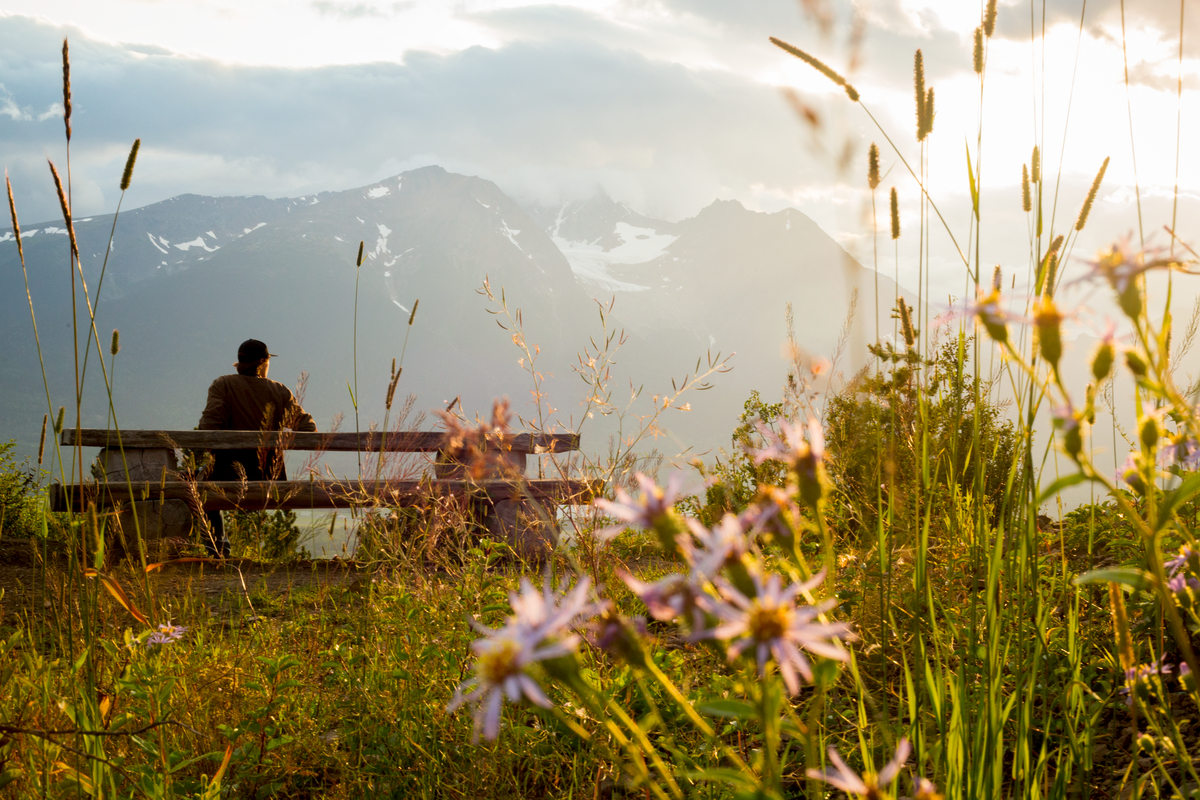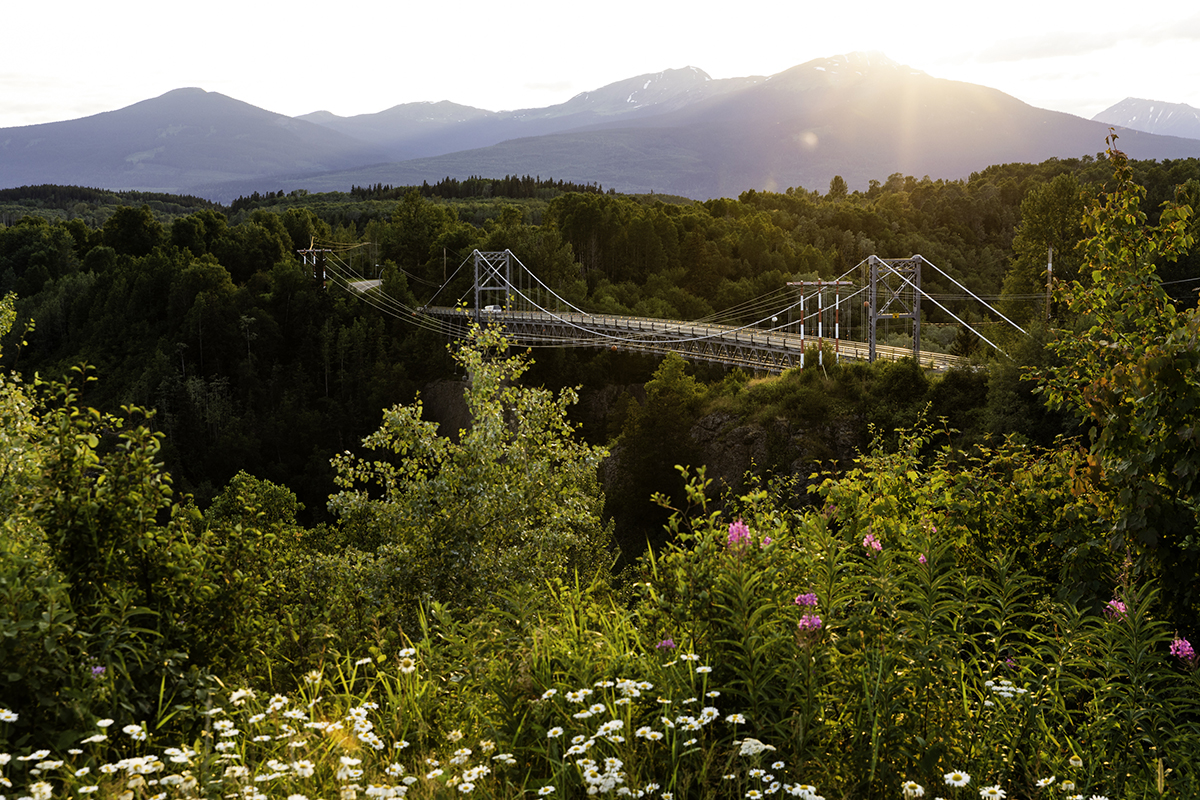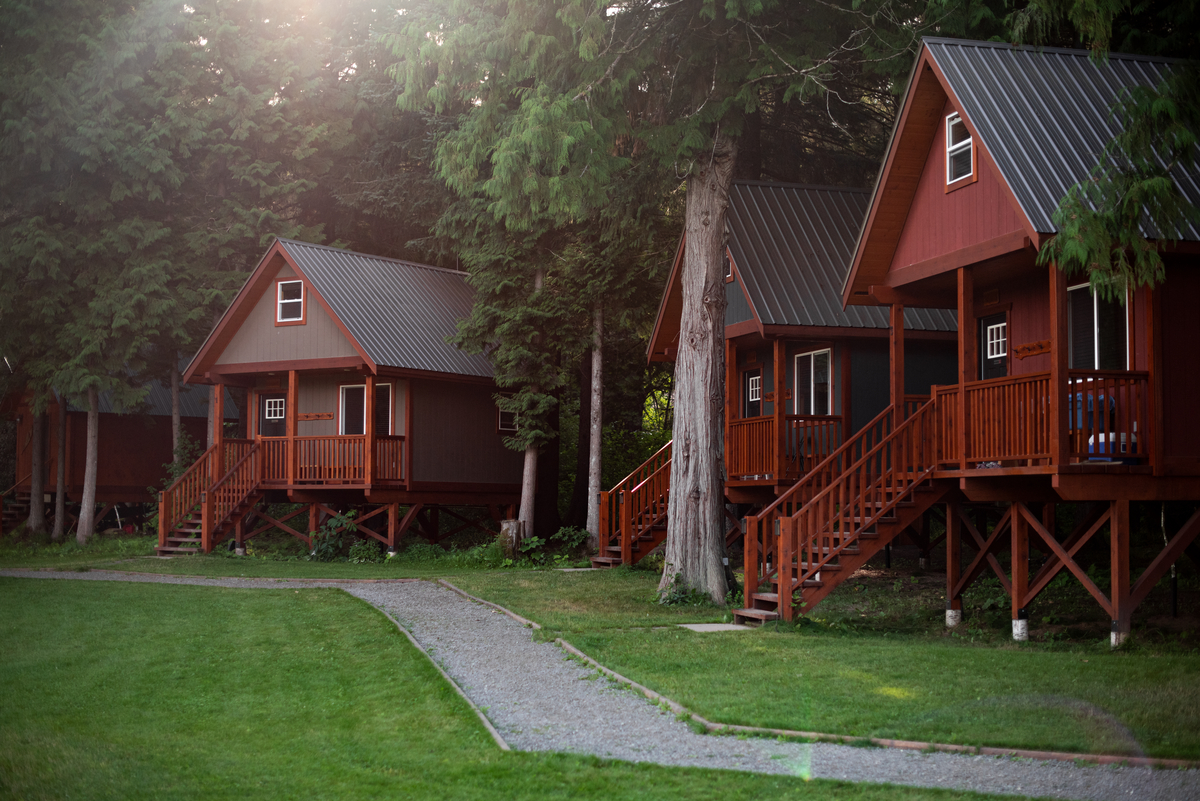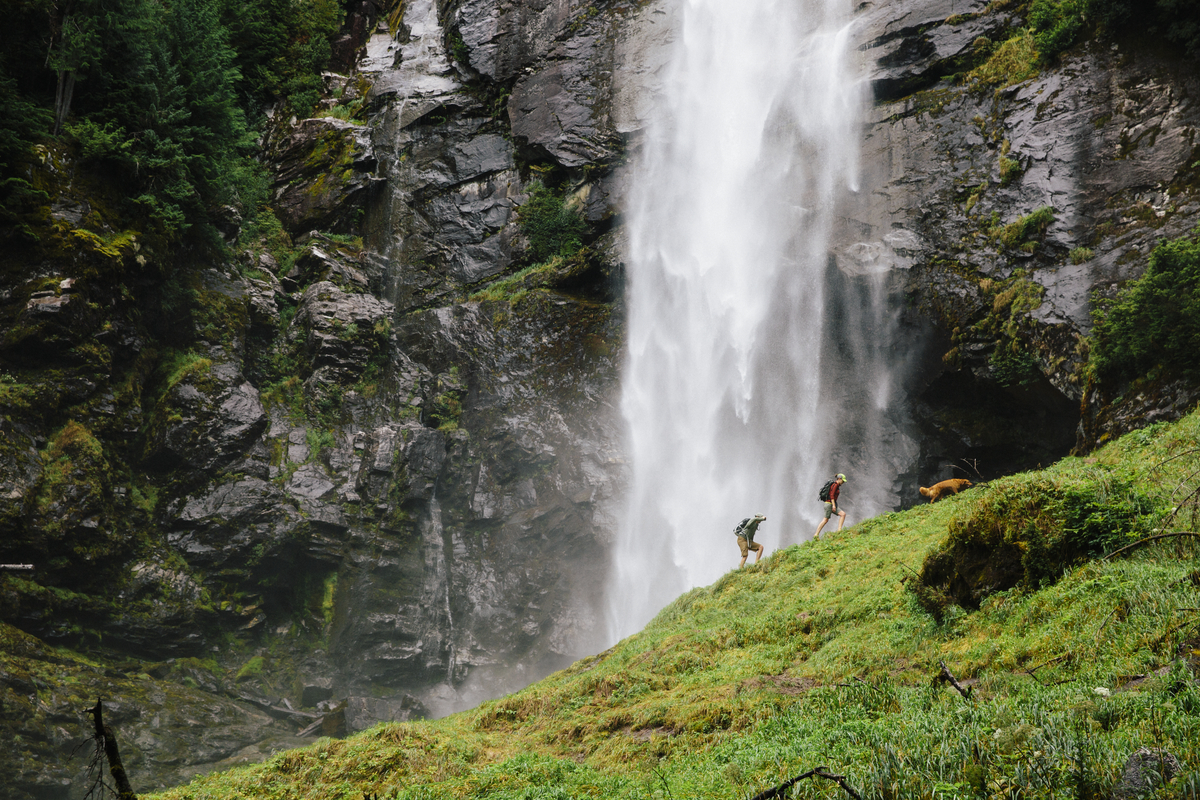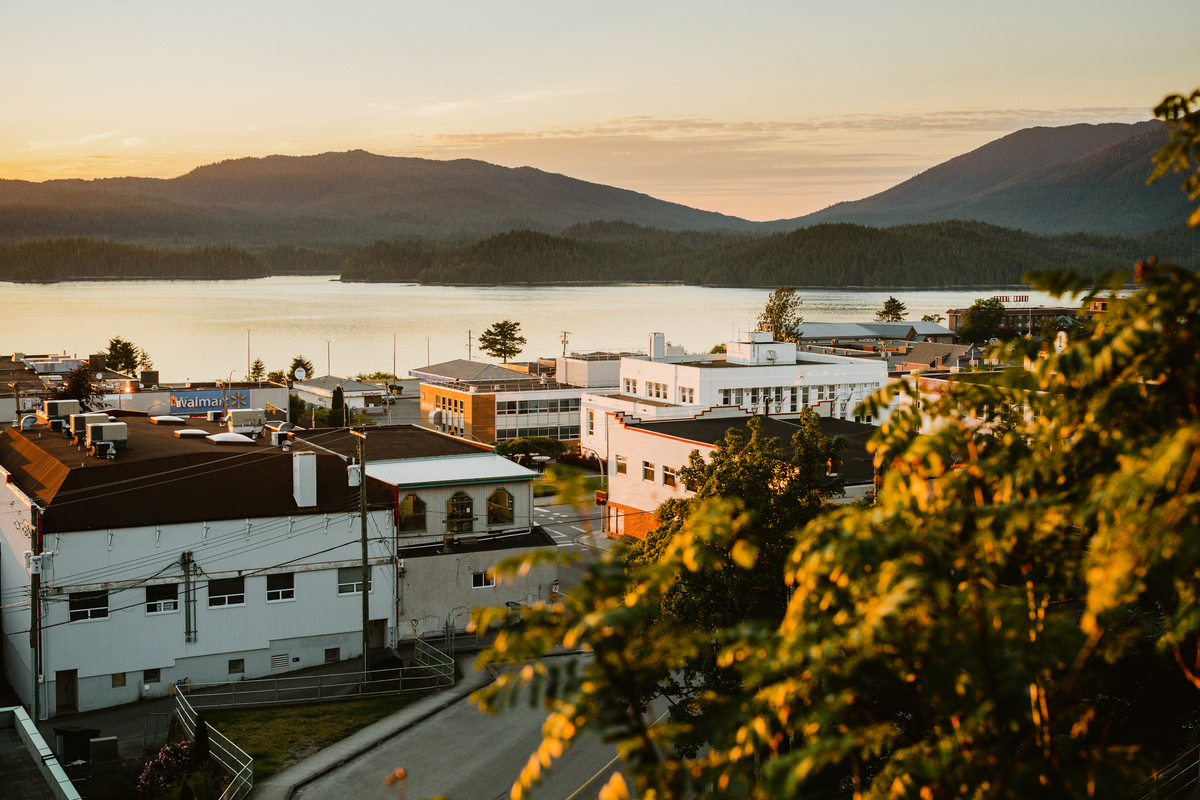CONNECTING COMMUNITIES
A forward-thinking program led by the Community Energy Association, the $5-million Charge North network makes it easier for EV drivers like ourselves to travel through a huge, lightly populated region where the towns are separated by tall forests, towering mountains, and long stretches of winding highway. Just as importantly, in a province that now has over 150,000 zero-emission vehicles on the road, expanding the network of EV chargers means that travellers from southern regions of BC—or from Alberta and the American Northwest—can now explore far-flung destinations like the Lakes District, the Skeena watershed, and Haida Gwaii in their own EV.
As a community-driven, collaborative venture between six regional districts and several local governments and Indigenous communities, the network includes 58 Level 2 charging stations across 31 communities. As EV travel grows, and with it demand for convenient and safe charging options, more and more charging stations are being added across northern BC. Locals and visitors can stay up-to-date on new stations using third-party apps like PlugShare which allow drivers to plan their stops and check charging station status in real time.


